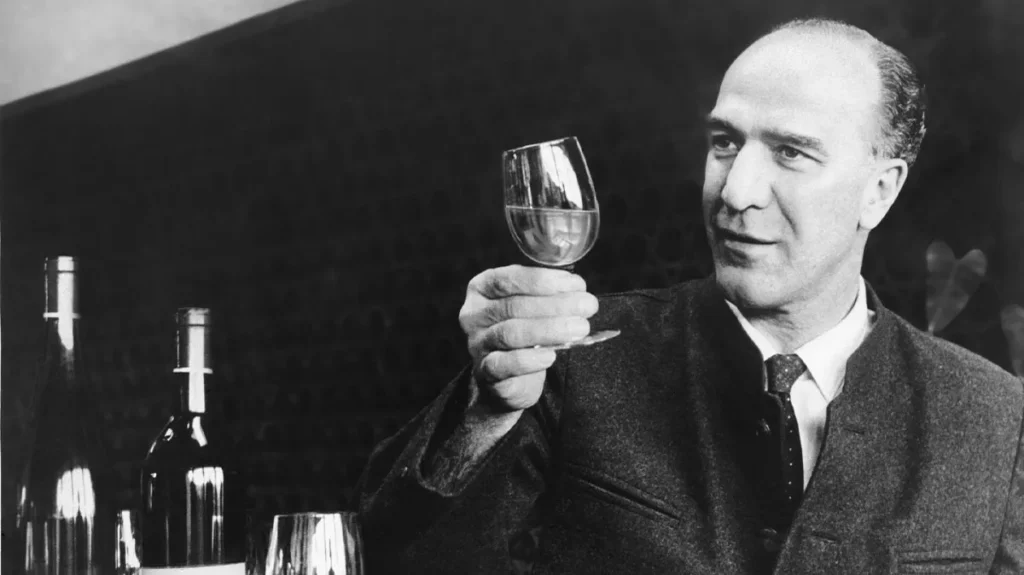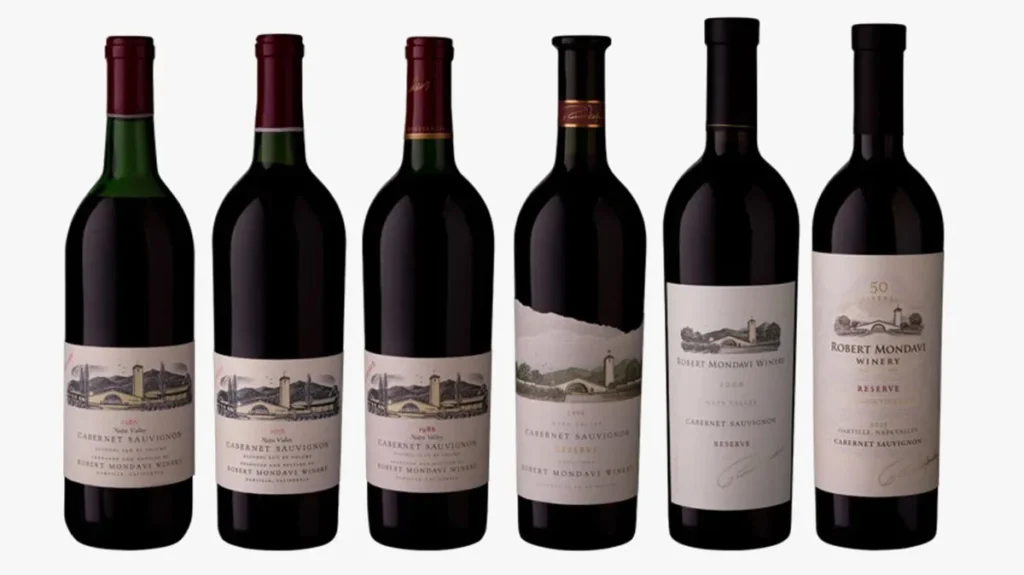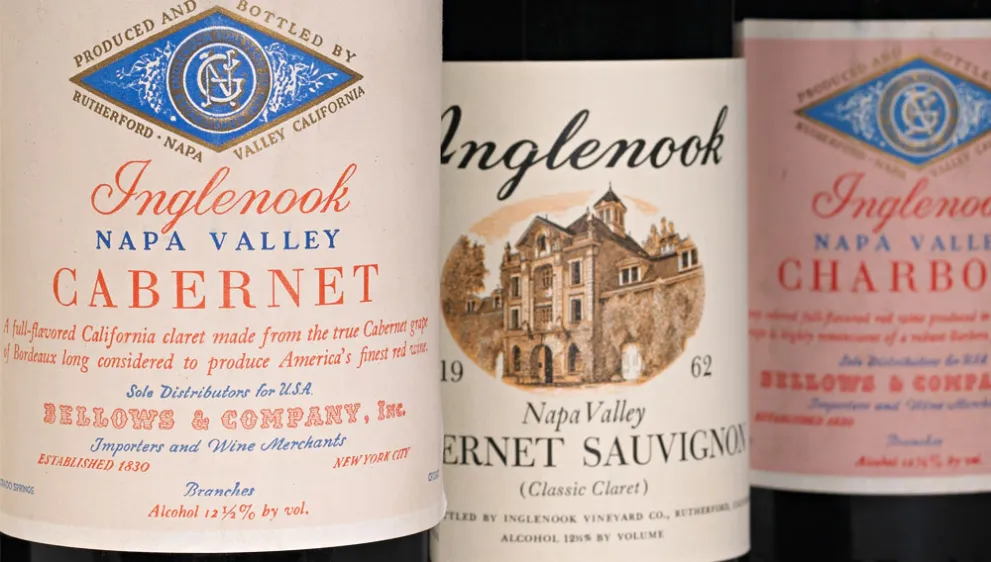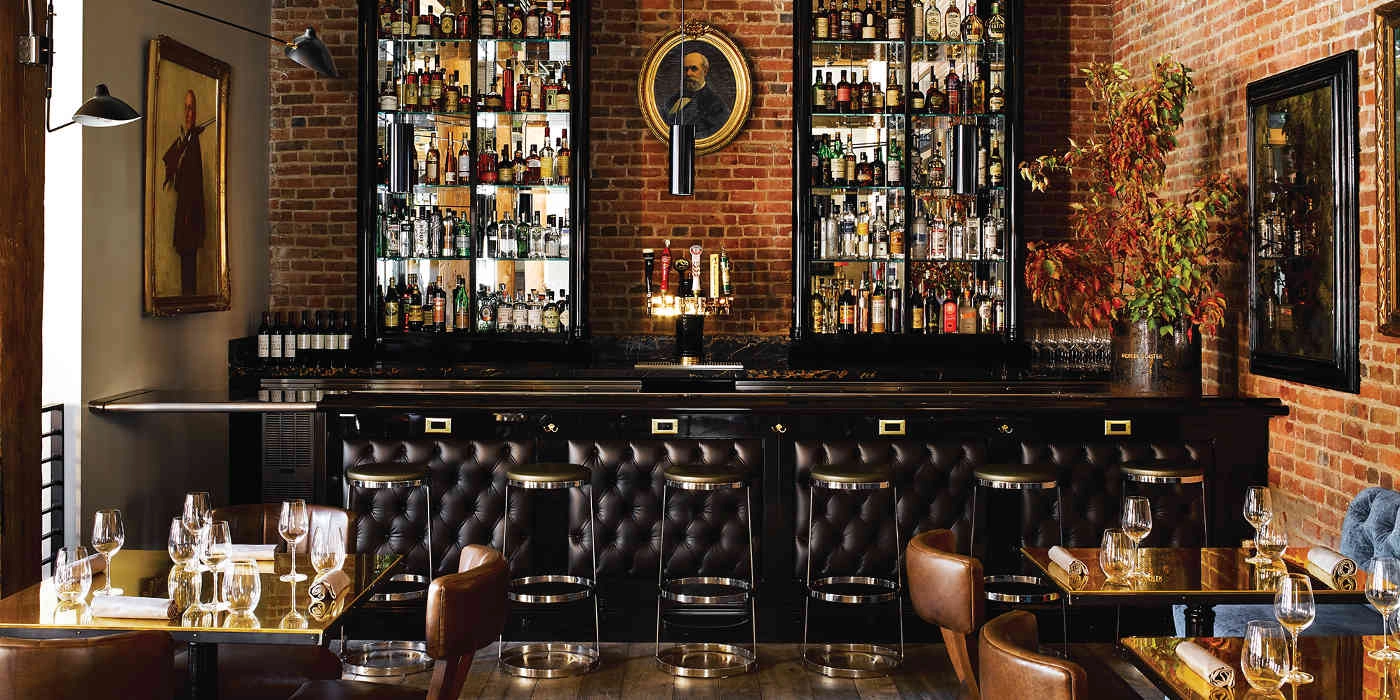The rise of New World wines has changed the way the world views winemaking and the role of the wine industry as a whole. Using varietal labels is a major differentiator between wines made in the Old World and those made in the New World. What does it signify for wine lovers, and why do these wines frequently have the grape variety’s name?
The Origins of Wines from the New World
When we talk about wines from places other than the classic European wine-growing regions, we’re talking about the New World. For instance, consider South Africa, Argentina, Chile, the US, and Australia. Instead of relying on Old World practices that prioritized grape variety over terroir, these areas have embraced innovation and experimentation.
Wines from the Old World, especially those from Spain, Italy, and France, are frequently called after the vineyards that produced them. The soil, temperature, and winemaking techniques of the area are said to be responsible for defining the wine’s qualities. To compete on a global scale, New World producers prioritized the grape variety itself in an effort to make their wines more approachable to consumers.

A Revolution Driven by Consumers: Varietal Labeling
Consumer demand is a major factor in the naming of New World wines after varietals. Winemakers discovered that many consumers lacked knowledge of European appellation names such as Chianti, Burgundy, or Bordeaux as wine became more widely available. A more accessible and uncomplicated method of describing the qualities of their wines was required.
Producers in the New World made it easy for customers to understand what they were purchasing by labeling wines according to grape variety—for example, Cabernet Sauvignon, Chardonnay, Merlot, or Pinot Noir. Even those who were previously unfamiliar with wine were able to pick out their favorite varietals thanks to the move toward varietal labeling.
Branding and Marketing in the Modern Era
One of the most important parts of New World winemakers’ branding and marketing initiatives is varietal labeling. Naming a wine after its most popular grape variety is an easy way to increase consumer familiarity of the label. Anyone can find more wines made from the same grape variety if they have a preference for a certain varietal.
This method of branding has been instrumental in bringing Napa Valley wines from California and Barossa Valley wines from Australia into the limelight on a global scale. These wineries have become household names all over the world thanks to the stellar reputations of their flagship varietals.
Varietal Wines: A Scientific Perspective
The scientific method used by many farmers in the New World is reflected in varietal labeling, which is more than just a marketing tactic. New World winemakers typically put more emphasis on the grape’s inherent qualities than their Old World counterparts, who place more emphasis on the expression of terroir. Their primary goal is to cultivate the highest quality fruit, and then they employ cutting-edge winemaking methods to bring out the inherent flavors of the grape.
Regional Varieties and Their Impact on Winemaking in the New World
Climates in wine-growing areas of the New World tend to be more suited to cultivating a wide range of grape varieties. The combination of milder weather, more reliable sunshine, and creative vineyard management techniques produces juicy, flavorful fruit. When compared to the more unpredictable climes in Europe, the single-varietal wines made by winemakers in the New World often display a greater degree of flavor purity.
Furthermore, a vast range of grape varieties can be grown in many locations of the New World due to the diverse weather and soil types. Because of this variety, winemakers have been able to try new things and hone their techniques, making wines that are unique but also easy to drink.
The Impact of Terroir on Wine Variety
Although terroir is not disregarded, varietal labeling is characteristic of wines from the New World. Indeed, terroir-driven wines are gaining prominence among many New World winemakers. Nevertheless, they continue to emphasize grape variety, cognizant that some varietals flourish in particular areas.

A Revolution in Wine Gastronomy
Because of the proliferation of varietal labeling in New World wines, wine has become more accessible to a wider audience. It has simplified the sometimes bewildering world of wine for the average consumer. Producers in the New World, who are not constrained by Europe’s centuries-old winemaking traditions, will likely keep pushing the industry’s boundaries as it changes worldwide. As long as they can keep up with customer demand, try new things, and adapt, New World wines will be the best in the business.
In summary
We no longer perceive and appreciate wine in the same way because of New World wines. They made it easier for customers to understand and enjoy by centering their efforts on varietal labeling. Great wine can be made anywhere—so long as it is prepared with care, innovation, and an eye toward consumer preferences—thanks to this transformation, which has allowed regions like Argentina, California, and Australia to compete with centuries-old European traditions.








